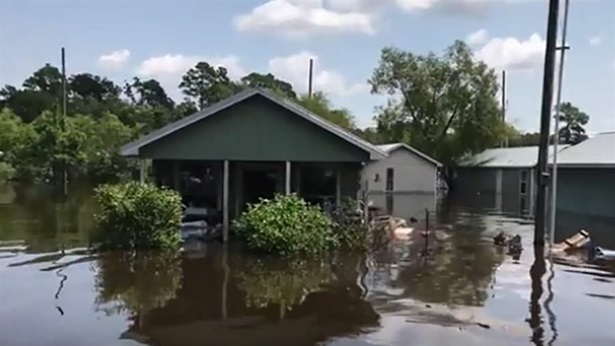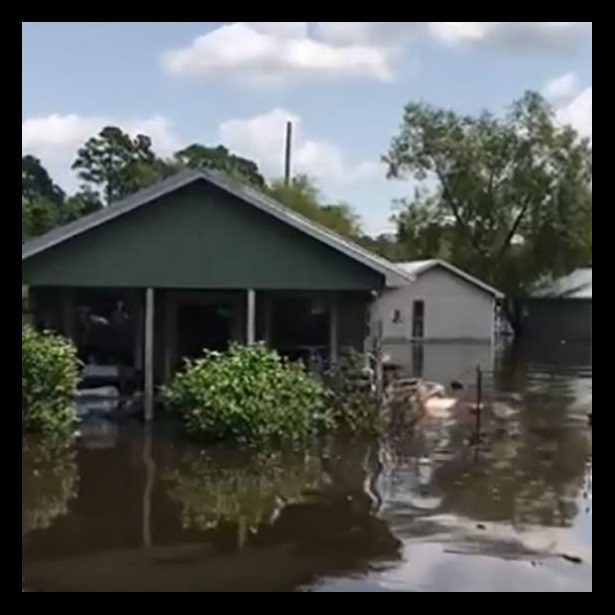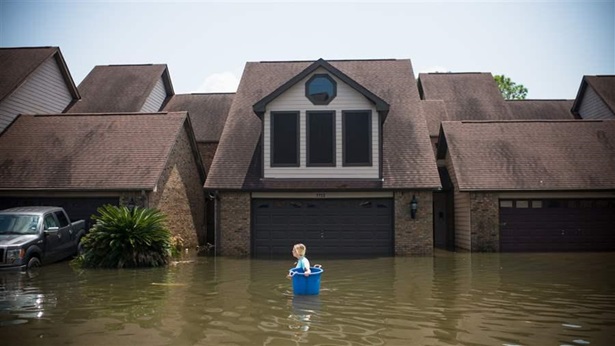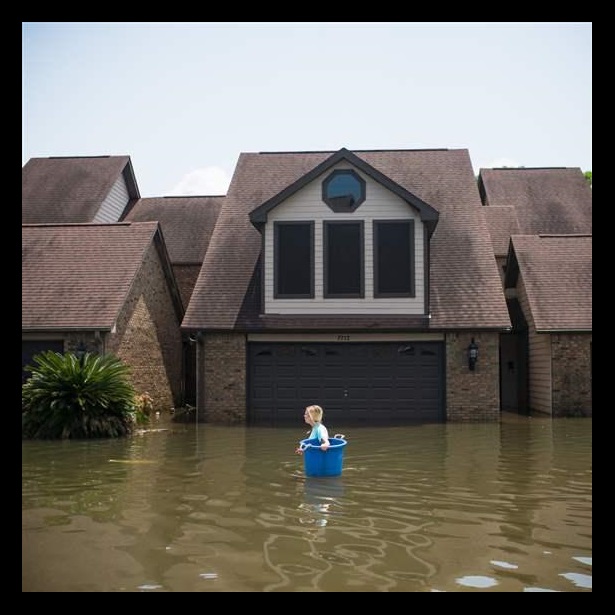As Flood Risk Grows, Experts, Elected Officials Call for More—and Smarter—Federal Action
Pew webinar explores how Congress and agencies can help communities prepare and respond
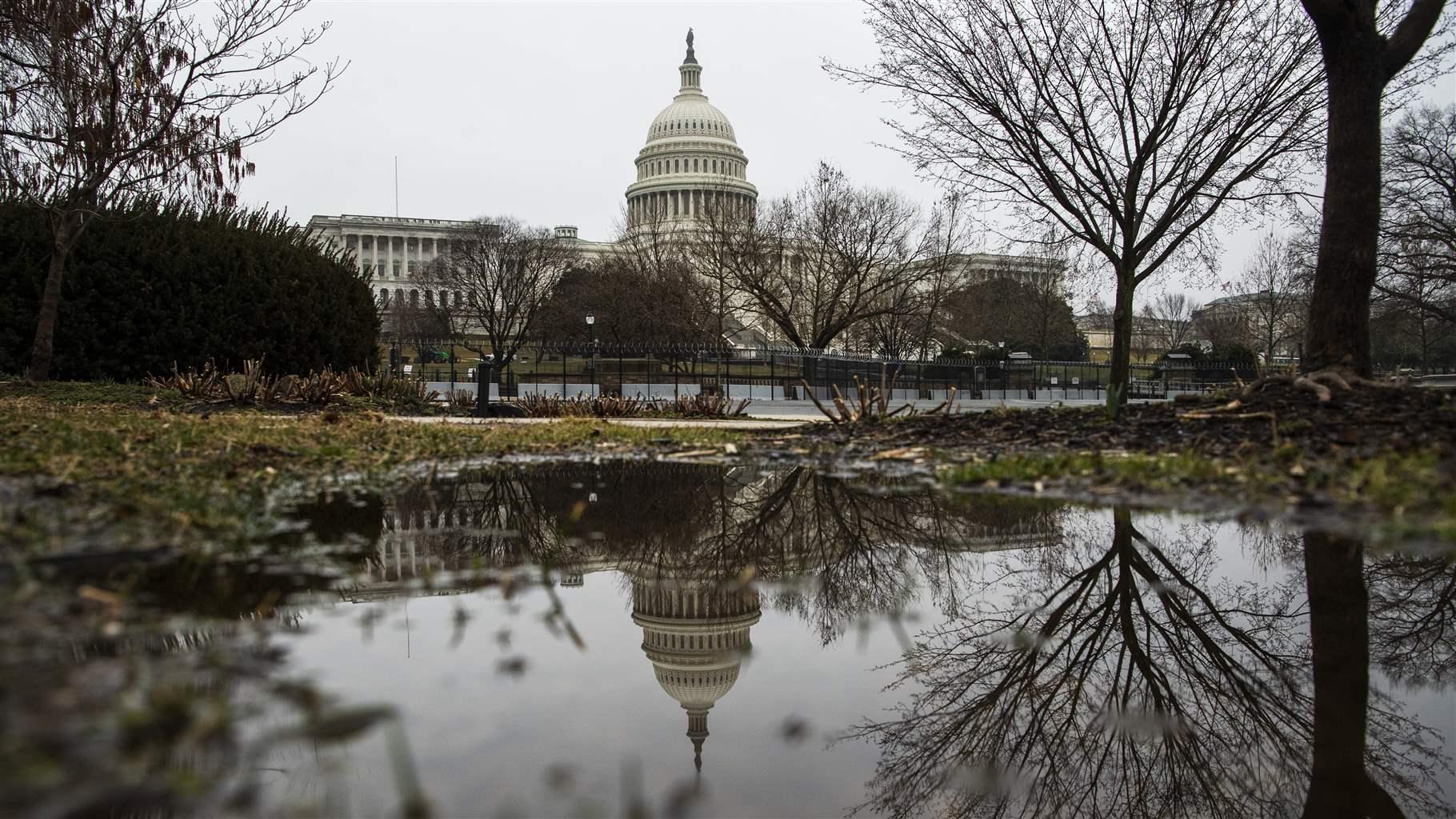
Flooding is a growing problem across the U.S., from increasingly frequent and intense hurricanes and tidal flooding to seasonal inland events driven by more and heavier rains. As these disasters exact a mounting toll on communities, many policymakers and other stakeholders are asking: How can federal policy support local flood resiliency efforts?
On March 5, federal and state leaders participated in a webinar co-hosted by The Pew Charitable Trusts and the BuildStrong Coalition—a group of emergency responders, architects, manufacturers, and others committed to resilience—to discuss how federal policy could better guide and support states and communities in lessening the risks, damage, and costs of flooding.
“The country’s increasingly costly ‘rinse and repeat’ cycle of flooding stems in part from a dated policy and regulatory environment that encourages putting more people and assets in high-risk areas,” Pew’s Forbes Tompkins said in opening the webinar, referring to the longstanding practice of rebuilding damaged and destroyed properties and infrastructure in places that flood frequently. Tompkins added that failing to establish robust policies and funding for disaster resilience and mitigation has contributed to a multi-trillion-dollar infrastructure investment gap.
Following Tompkins’ introduction, U.S. Rep. David E. Price (D-NC) gave a presentation in which he said he sees an emerging political consensus on the need for flood resilience, but that states and local communities need more than federal awareness of the problem. “Despite a clear and compelling interest to ensure our communities are safe and taxpayer dollars are wisely spent, the federal government hasn’t made the progress we need to make when it comes to ensuring resiliency,” Price said. He added that often the neighborhoods most affected by flooding are predominantly low-income or communities of color, making availability of federal resources vital to get them back on their feet.
Price added that Congress has opportunities now to help make resilience a reality. These include the bipartisan Flood Resiliency and Taxpayer Savings Act of 2021 (H.R. 481), which would require that federally funded projects account for future risk throughout a project’s design life. Additionally, he said congressional action is needed to make sure green infrastructure and nature-based solutions are supported by federal programs as viable mitigation and resilience options. Lawmakers could also advance resiliency policy this year by reauthorizing surface transportation programs and spending, passing comprehensive infrastructure packages, and approving relevant appropriations.
Despite state-led success, federal leadership still needed
Ben Grumbles, Maryland’s secretary of the environment, spoke as well, noting that in response to wilder and wetter weather in recent years his state has taken a range of proactive approaches to limit flooding. “Maryland has an enduring emphasis on green infrastructure,” Grumbles explained. He added that resilience includes reducing the pollutants carried by rain or ice melt to streams and rivers, a reference to Maryland’s innovative stormwater permitting process.
But, he said, Maryland needs more federal support to build on this success. “The role FEMA [Federal Emergency Management Agency] can play, this has got to continue to grow,” Grumbles said, noting the need to maximize funding for pre-disaster efforts such as the agency’s new Building Resilient Infrastructure and Communities program.
Grumbles advocated for a shift to federal policies that anticipate and minimize flood risks and costs versus those that simply respond after disasters occur. He called for more nature-based solutions for flood control from the U.S. Army Corps of Engineers, the Environmental Protection Agency and other agencies to enhance protection of wetlands that help absorb flood waters, and for Congress to pass surface transportation reauthorization legislation that includes resiliency for highway programs.
Comprehensive strategies and equity are key to improving resilience
During an ensuing panel discussion, national and state leaders flagged additional opportunities for Congress to help states and communities improve flood resilience, such as providing financial support for capacity building and technical assistance. Panelists also called for better federal safeguards, new programs and funding streams, and updates to existing programs and planning.
Pew’s Tompkins noted the need for bipartisan congressional action on measures to ensure communities and infrastructure can withstand future storms. He pointed out that the repeal and reinstatement of executive orders from administration to administration can present challenges with long-term federal guidance, while legislation, such as the Flood Resiliency and Taxpayer Savings Act of 2021, could make flood-ready safeguards permanent for federally funded projects.
“I have been caught saying many times we need a national resilience strategy,” offered Pamela Williams, executive director of the BuildStrong Coalition. Such a strategy would help address the significant need to coordinate efforts across sectors and all levels of government, Williams said. She said Congress should look at which governance structures are best suited to drive resilience and how to ensure federal agencies are facilitating a nationwide focus on resilience. She echoed Rep. Price on the need for uniform standards across the board, including land-use policies and National Flood Insurance Program reform.
Sarah Murdock, director of U.S. climate resilience and water policy at The Nature Conservancy, agreed, noting duplication of effort across government agencies. “Right now it’s a scattershot [among] a lot of different agencies,” she explained. “There needs to be a much more comprehensive plan.”
Murdock said a successful strategy must be based on sound science and ensure that all stakeholders have a seat at the table. She also said federal agencies have a wealth of knowledge but, because they aren’t well coordinated, local communities often have trouble accessing that help. Additionally, many poverty-stricken communities may lose out on grant opportunities because they do not have the money to meet investment match requirements. “There needs to be some policy for lowering or removing that match for lower-income communities,” Murdock said.
“A lot of those frontline communities that often bear the brunt of flooding and other disasters are also typically communities of color, low-income, rural, and smaller communities that don’t have the resources to withstand a disaster, let alone rebuild after,” Tompkins said, adding that they are also often excluded from policy discussions and decisions. And Williams observed that these issues are especially important in terms of equity. “Who’s being missed, what pieces are we not connecting?” she asked. Risk awareness is also part of it, she said, as many of the most vulnerable are unaware of their risk.
Suzanne Dorsey, assistant secretary at the Maryland Department of the Environment, called for more forward-looking tools to account for risks associated with threats such as erosion and increasingly extreme weather, as opposed to those that solely focus on historical precedent. “That’s a place where the federal government plays a really important role,” she offered. Because flood risk shifts over time, Dorsey added, federal and state entities must ensure that risk maps are up to date.
In terms of equity, Dorsey said that building expertise and trust locally starts with listening to the people in the community, versus telling them what they need to do. “We lead with listening [to] the real concerns of communities that are in highly vulnerable locations,” she said, noting that some communities may not even realize they are vulnerable.
Watch the full 60-minute program here.
Matt Fuchs is an officer and Brian Watts is a senior associate with The Pew Charitable Trusts’ flood-prepared communities project.


